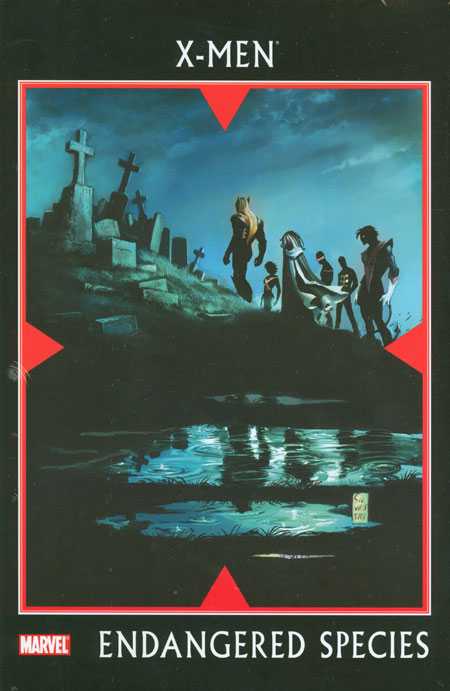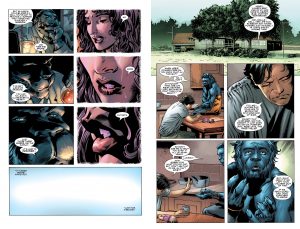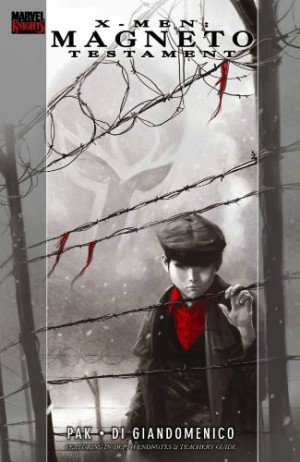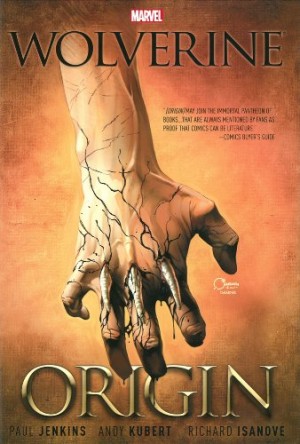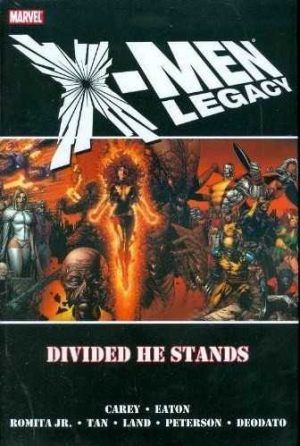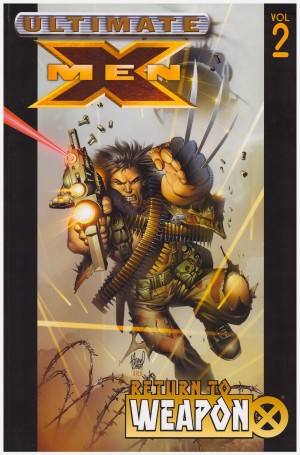Review by Frank Plowright
Endangered Species takes place when the mutant population has been reduced to just 198 people. Many who once had powers lost them in an instant, and no new mutants have been appearing. As Henry McCoy, the Beast, observes at a funeral, the small number of mutants isn’t genetically diverse enough to ensure mutants will continue as a race. He’s taken it upon himself to reverse the decline and ensure mutant perpetuation, but for all his scientific genius, it’s a task he’s unable to complete alone. There’s also the thought that as a form of magic was employed in creating the situation, perhaps there is no scientific solution.
Mike Carey is the guiding writer behind Endangered Species, although Christos Gage and Chris Yost also contribute, and created the story just as he was beginning his X-Men writing career with what’s now packaged as Marauders. It’s apparent Carey knows his X-Men history as he logically leads McCoy from one place to another, places where cruel genetic experiments occurred or where people with their own great scientific expertise operate, yet whose views are not necessarily aligned with his. Although there are brief action interludes, this is no slam-bang mutant extravaganza, but a contemplative story often edging more toward horror than superheroics. The ethical question at the heart of the problem is what experimentation must be carried out to refine a solution? Where is the line drawn? Carey puts McCoy through the wringer, having him deal with unpalatable people while every possible solution to return mutants is investigated.
The core artists on the short chapters are Scot Eaton (sample art left) and Mike Perkins (sample art right), both of them providing fully detailed vistas and naturalistic character scenes. Mark Bagley, Tom Grummett and Andrea Di Vito also contribute one or two chapters, and while there are stylistic differences, all work in broadly the same area as Eaton and Perkins. Di Vito’s pages are the most naturally separated, but his chapter’s location removes that as a consideration.
An enigmatic penultimate chapter leads full circle. Endangered Species opens with a funeral and it closes with more burials, yet to focus on what spurs the plot is to be taken in by Carey’s misdirection. His X-Men Legacy run is an extended musing on Professor X followed by an extended period where Rogue is the centre of everything, and Endangered Species is his contemplation on the Beast, the humane, genius level scientist in an animal’s body. It’s a job well done, a construction of an original X-Man, later reinvented, yet someone who’d been relegated to the background amid an ever increasing cast. He’s compared with what he might have become and forced to consider what he may be, and this is a must have for anyone who’s ever been fond of McCoy in any incarnation. For those who don’t care there may not be enough cameos or action to satisfy. Carey picks up on some threads introduced here in X-Men Legacy: Divided He Stands.
